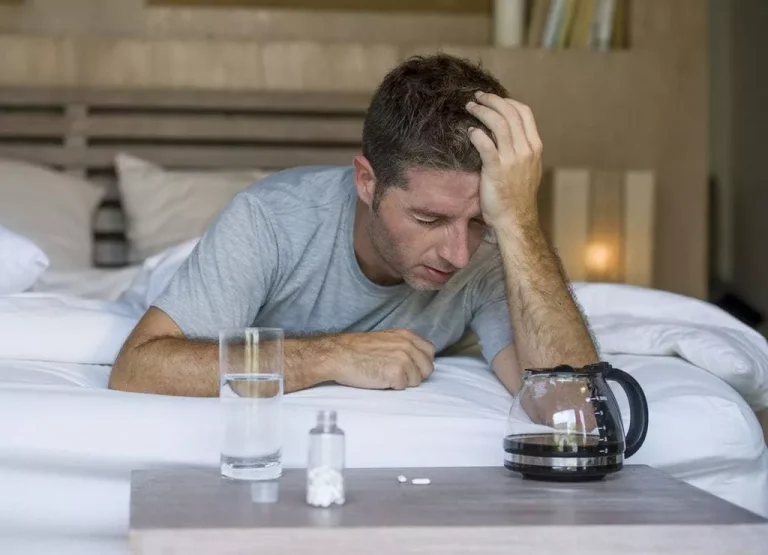
This community approach to recovery has proven effective, with a structure that promotes long-term sobriety by fostering a supportive living environment and encouraging responsibility and mutual aid among its members. If you want to find the best sober living home near you, it’s important to carefully consider different options as each home is structured differently and usually has its own house rules. The best home for your individual needs might be one that is worth traveling for. Understanding these exclusions and limitations is crucial for individuals relying on insurance to fund their stay in a sober home. It is imperative to review policy documents carefully and consult with insurance providers to clarify the extent of coverage.

Common Sober Living House Rules and Regulations

Sober living houses are designed to provide a safe and supportive environment for people recovering from substance abuse. In general, individuals with a history of vagrancy, incarceration or inadequate social support are at high risk of relapse. But sober living homes can be beneficial for anyone in recovery who does not have a supportive, substance-free environment to go home to. The ways that sober living houses work vary depending on the level of support provided. The National Alliance for Recovery Residences is one of the largest associations of sober living homes in the United States.
Other Ways to Pay for Sober Living
- In addition to mandatory regulations, some sober living homes opt for voluntary certification from organizations like the National Alliance for Recovery Residences (NARR).
- In order to operate sober living facilities in the areas they serve, a number of independent Owner/Operators partner with Vanderburgh House.
- The goal of recovery residences is to facilitate sustained recovery by providing stability, support, and a buffer from the stressors of full independence while residents work towards permanent housing and complete autonomy.
The duration of stay in transitional housing varies by type and individual needs. Sober living homes and Oxford houses often offer more flexible durations, allowing residents to stay as long as they need, provided they adhere to house rules and contribute to the household. Halfway houses might have more structured time limits, especially if they cater to individuals transitioning from incarceration. Halfway houses are essential components of the continuum of care in addiction recovery and criminal justice reintegration. They provide the necessary structure and support for individuals to rebuild their lives, emphasizing accountability, community, and the development of life skills necessary for independence.
- Our sober living facilities are staffed by sympathetic House Managers who are dedicated to assisting our clients in rebuilding their sober lifestyles.
- For non-profits seeking grants, the Grants.gov website is a comprehensive resource outlining eligibility for various government grants.
- An environment that encourages abstinence also increases their chances of remaining drug-free after an inpatient rehab treatment program.
Transitional Housing and Sober Living in Wilson, ny: Find a Safe Place to Live and Recover

Sober living homes in the U.S. aren’t covered by insurance and are often paid for out of pocket. Payment plans, scholarships, grants and government-funded programs may be available for residents facing financial hardship. Organizations that offer SLH scholarships include CLEAN Cause Foundation and Ben Meyer Recovery Foundation, per Dr. Kennedy and Clark. Many sober living homes also require residents to pay weekly rent following a one-time move-in fee, according to Robilio. A Level II recovery residence assigns a house manager or senior resident to oversee the workings of the house and has at least one paid staff member.
Other Sober Living Facilities
While we are unable to respond to your feedback directly, https://ecosoberhouse.com/ we'll use this information to improve our online help.
- Because not everyone knows about them, they often go more or less unnoticed by those forming a treatment and recovery plan.
- Detailed record-keeping and proper classification of workers are critical for maintaining this status and ensuring compliance with tax laws.
What Are the Goals of Oxford Houses?
- They can provide gentle reminders, encouragement, and constructive feedback when needed.
- When their living environment is alcohol-and drug-free, it makes it easier for them to avoid substance abuse.
- Recovery homes have proven to have a success rate of 80%—that is a great success rate for recovery from a substance use disorder.
- Although insurance coverage is important for therapy and medical treatment, sober living homes are priced in such a way that a person in recovery can afford to live there.
- Sober living houses and halfway houses are often used interchangeably as they both provide a substance-free living environment for those suffering from addiction.
These homes often cater to specific groups, such as veterans, individuals with co-occurring disorders, or women with children, ensuring tailored support that addresses unique recovery needs. They give people in need the room to create a new daily routine outside of a living situation that may otherwise trigger them to relapse to drugs or alcohol. Residents have support from others living in the house to stay away from intoxicating substances. Taking care of mental and physical health is a requirement specified on the lease.

Government Assistance

The cost of residing in a sober living home can vary significantly based on several factors, including location, amenities, and the level of support provided. Rent for these homes typically ranges from $500 to $5,000 per month, with some homes averaging between $450 to $750. While health insurance often covers various aspects of substance Sober Living use disorder treatment, such as individual therapy or outpatient programs, sober living is a different matter. States that regulate these facilities require a maximum number of residents, often fewer than 10. These facilities are houses located in quiet neighborhoods, although they may sometimes be in apartment buildings.

